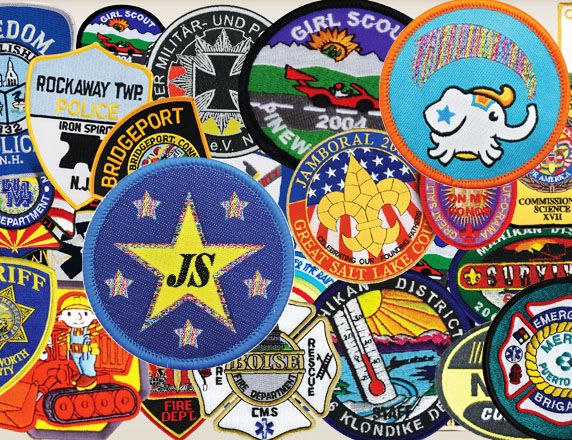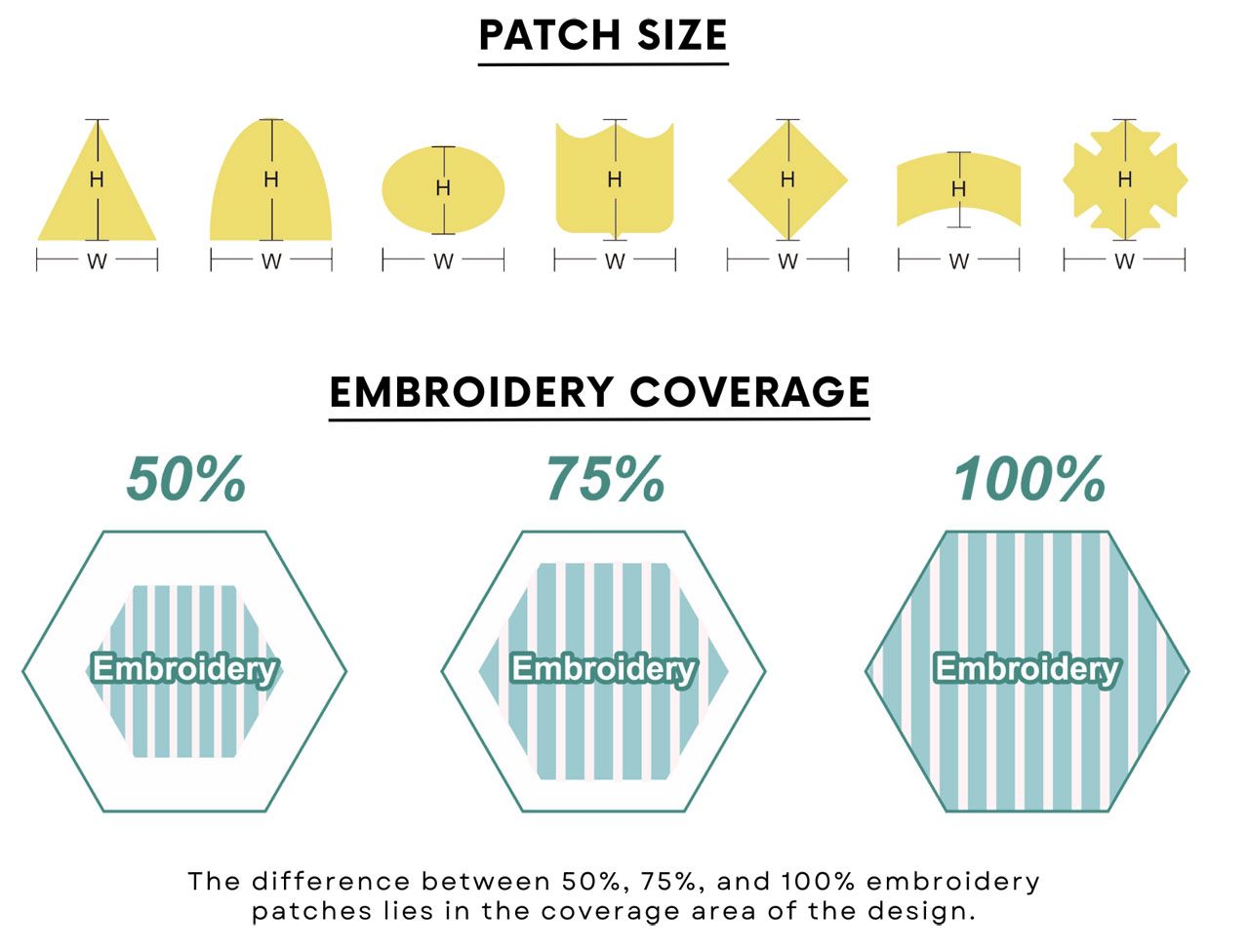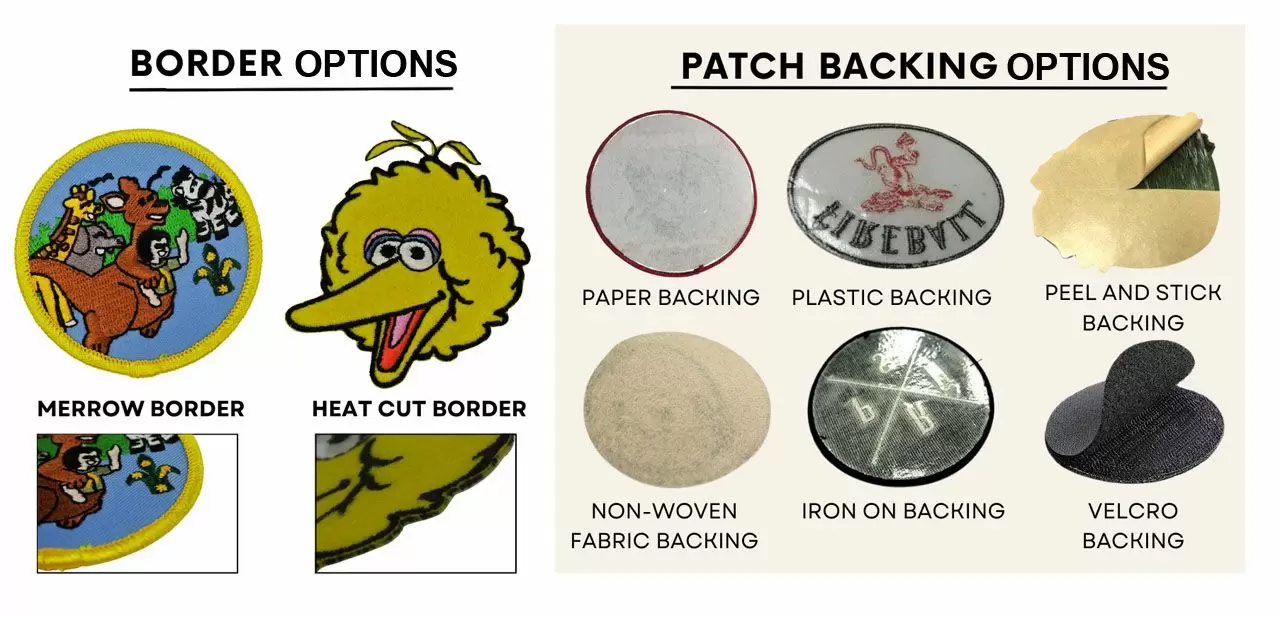
Customized Embroidery Patches
At Jin Sheu, we recognize the significance of providing an extensive array of choices to our worldwide customers. Hence, in addition to our advanced metal factories, we have incorporated a cutting-edge embroidery factory that excels in producing top-notch embroidery patches with captivating visual appeal. Our customers can have complete confidence knowing that they will receive exceptional products at competitive rates. Whether you need personalized embroidery for corporate branding, sports teams, or any other purpose, we possess the knowledge and resources to surpass your expectations.
Professional Factory And State-Of-The-Art Equipment of Jin Sheu
Jin Sheu Company boasts a professional embroidery factory, which complements its metal factory. Our global buyers can enjoy embroidery patches at reasonable prices, thus providing peace of mind. With over 40 Tajima embroidery machines and 12-color embroidery machines, we ensure stable quality and speedy delivery for embroidery badges and gifts.
Factors Affecting Embroidery Pricing: Size, Coverage Area, And Design Draft Requirement
Pricing for embroidery is influenced by both the size and embroidered area of the design. To determine the size, use the chart below to add width (W) and height (H), then divide by 2 and round to the nearest 1/4 inch. Additionally, the coverage area of the embroidery also affects the price, including 50%, 75%, and 100% coverage. As the embroidery coverage area increases, so does the unit price. Kindly provide a design draft for pricing estimation.
Custom Embroidery Badges With Various Borders And Backings
Jin Sheu excels in crafting diverse custom embroidery badges to suit our buyers' specific needs. With options like merrow, heat-cut, and laser-cut borders, we ensure a perfect fit for every design. Our badges also offer various backings, including Velcro, paper, plastic, peel and stick, non-woven fabric, and iron-on, guaranteeing a tailored product that meets your exact specifications.
Jin Sheu's Custom Embroidery Badges for Global Buyers
Established in 1991, Jin Sheu excels in custom embroidery badges for global buyers. Watch our video to see successful examples of our embroidered products crafted for clients worldwide.
Embroidery Backing Options
- Iron On Backing: Durable patches that adhere to garments after ironing and can be sewn on afterward
- PVC Backing: Plastic coating provides support; requires sewing, not suitable for ironing.
- Paper Backing: Enhances appearance, used for woven and embroidered patches.
- Peel & Stick Backing: Attachments like stickers can be sewn on later for extra reinforcement
- Velcro Backing: Ideal for custom patches, popular in military, law enforcement, and emergency crews



